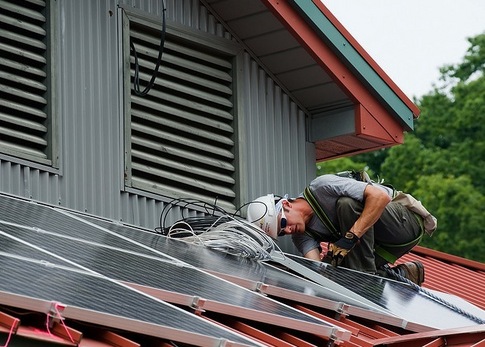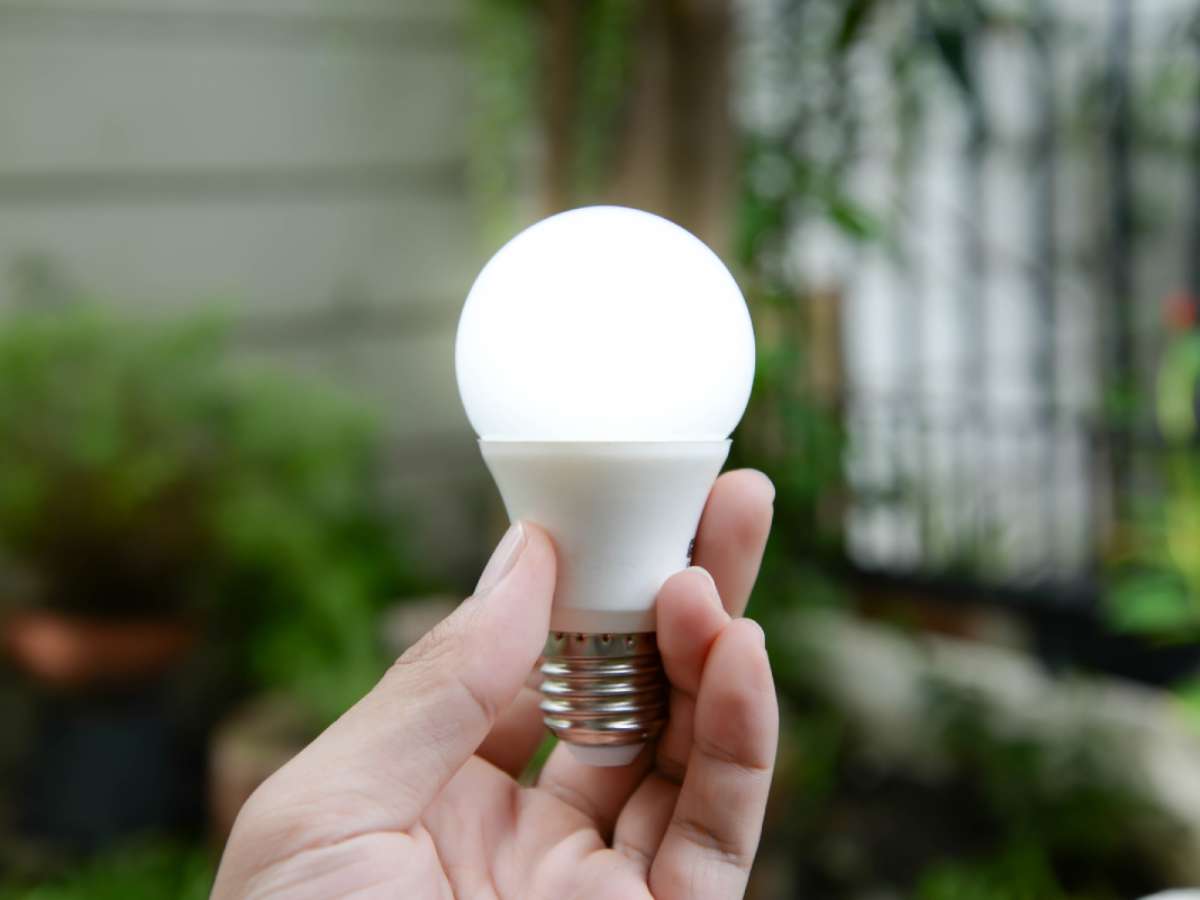Most consumers know that solar power is currently the technology when it comes to renewable energy, but too many consumers do not fully realize how solar power can help them.
Check out these three critical areas that solar power can help average consumers…
#1 – Lower Utility Bills
Solar power is an excellent way to reduce your monthly utility bill. On average, a solar power system can offset 70% of a typical home’s electric usage.
So, if you spent $200 last month, you might save 70% or $140 each month. That’s a savings of $1,680 per year. It is also important to keep in mind that electricity costs have historically gone up around 2-3% and having solar power will help mitigate those increases in price (more on that in a minute).
Many people ask about the payback period for installing solar since a consumer will have to come up with some cash for the installation up front.
Depending on your electric bill, your location, your current utility rates, the payback period for residential solar will differ. However, federal and state rebates and financial incentives can help offset the up front cost of a new solar system and may even be able to lower the payback period to 5-10 years.
In addition to these generous government incentives, solar companies have a number financing and leasing programs that allow consumers to install solar without a large, up-front, out-of-pocket cost. With these programs, you pay for the cost of solar system over time but even with that cost, you can experience lower energy bills.
Some of these financing programs can cost homeowners as little as $1000 or even $0 down payment in certain areas.
#2 – Higher Home Value
Installing a home solar power system is just like any other home improvement…it adds value to your home.
Installing solar power can increase your home’s value and can make it easier to sell if you decide to sell your home down the road. Even better, having a solar power system may raise the market value of your home more than the actual cost of the actual solar system, particularly if you leverage federal and state financial incentives.
The reason for this is simple: the cost to operate a home is typically a factor in its affordability and so the cheaper a home is to operate, the more a potential buyer may be willing to pay to realize this on-going value.
In fact, a 1999 study partially funded by the US Department of Housing and Urban Development found that home values increase by $20 for every $1 reduction in annual electricity bills.*
If a solar system can increase the value of a home, then what about property taxes? Will they go up too?
Fortunately, many states (but not all) have tax allowances that will exclude the increased home value (resulting from the installation of the solar system) from your property tax calculation. Even more exciting, research by the US Department of Energy’s Office of Energy Efficiency and Renewable Energy has shown that a home with solar panels installed can sell twice as fast as a home without solar panels installed.
#3 – Greater Control Over Your Future
Installing solar power in your home helps consumers take control of their economic future by generating their own electricity and using that as an effective cost buffer against rising utility rates.
By generating your own home electricity with solar power, consumers can lock in low utility rates for 15-25 years ensuring that they will not be affected by spikes in electricity costs, whether those spikes are seasonal or long-term.
With home energy efficiency improvements, solar power energy can make your home not only more valuable but comfortable as well. By reducing your home’s energy demands from local utility company power generation, you are doing your part to protect the environment and improve the health of your local community.
* Source: More Evidence of Rational Market Values for Home. Energy Efficiency. Nevin, R. and C. Bender, H. Gazan. s.l. : The Appraisal Journal, Vol. October 1999.
Photo: waynenf




